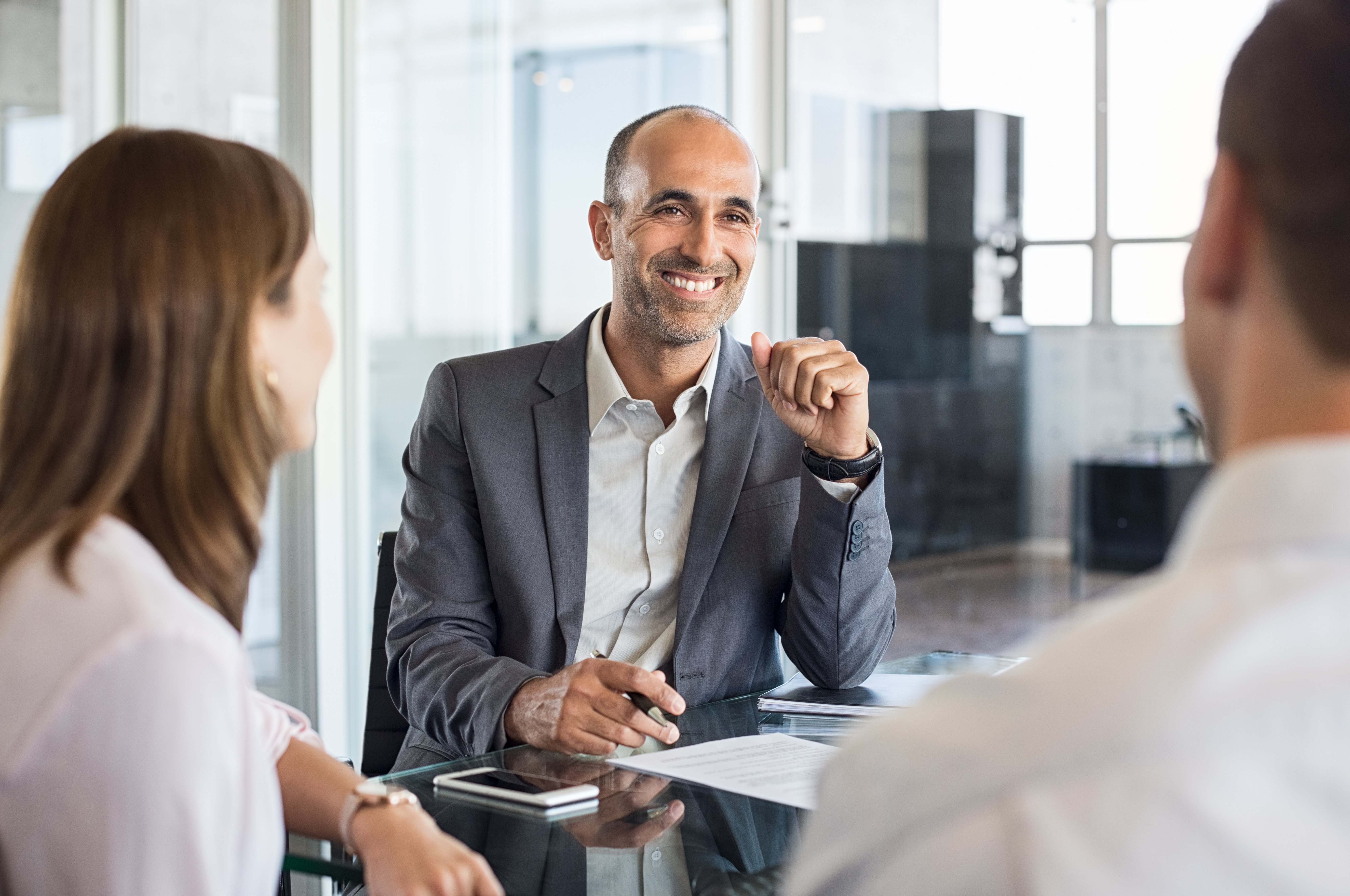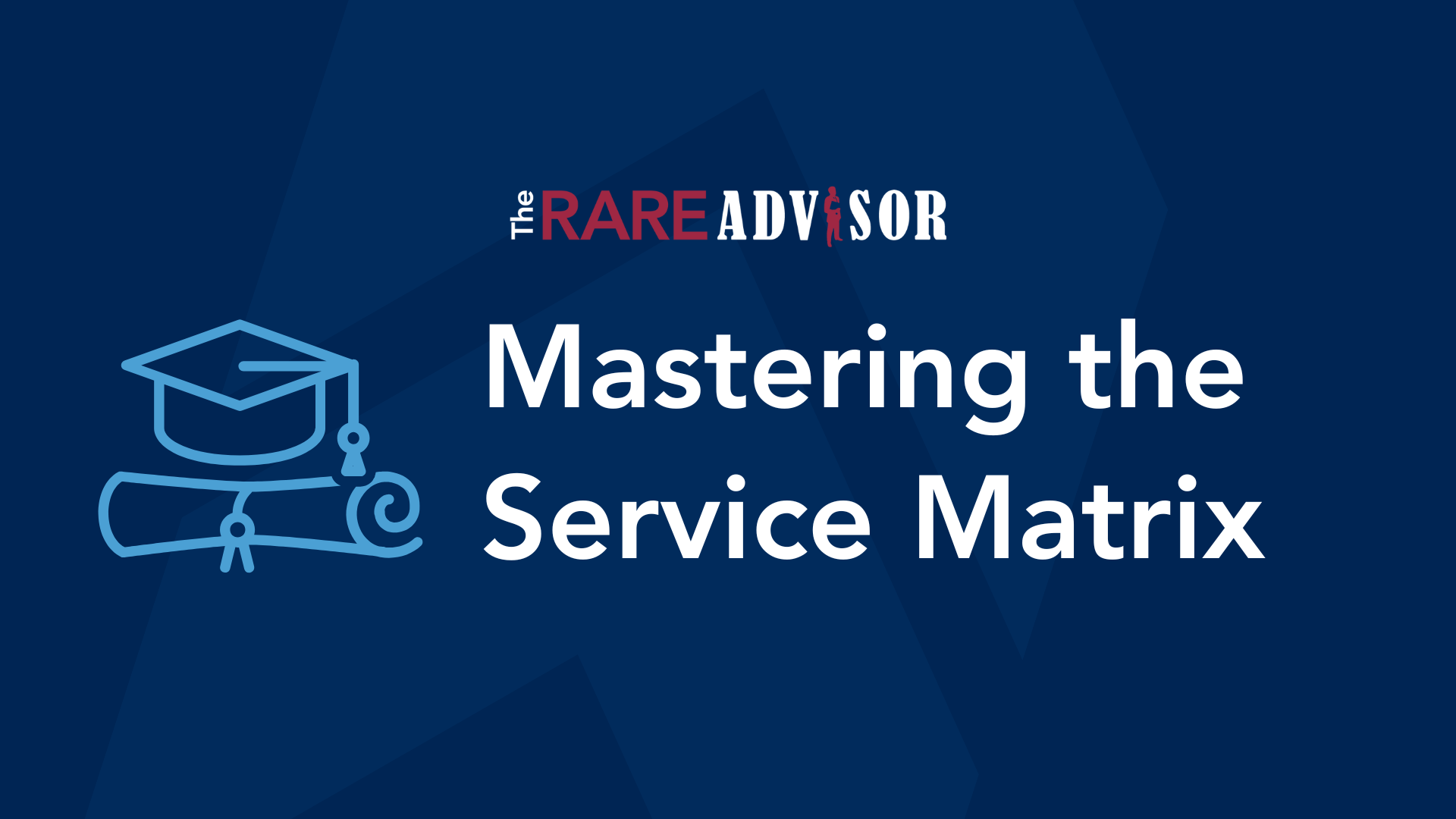5 Easy Steps to Successfully Charging Fees

Charging fees for your time in the financial advisory space is nothing new. However, it has garnered more attention from inside and outside industry circles as the fiduciary discussion continues to take center stage. The guidance shared in this guide assumes you are properly licensed to engage in this activity.

We believe it is important to note the distinction between charging fees for your time vs. fees for assets under management. While they fall under the same regulatory scope, the two must be viewed through separate lenses considering what they represent. Fees for your time, whether hourly or by project, are typically associated with a specific moment in time and related to a particular action or series of actions during that moment. Conversely, fees attached to assets under management typically imply a continuous activity along with ongoing monitoring. Notice we said “typically” in both instances. Advisors can certainly structure a “fee for time” arrangement in such a fashion where it stretches beyond a moment in time. For the purposes of this report, we will separate the two as we believe one has more to do with “advice in the moment(s)” vs. “management over time.”
The following steps are designed to share best practices for charging fees for your time. If you are currently not charging fees for your time, the most important thing to understand is that making this work within your practice has very little to do with the makeup or structure of your practice. If you genuinely create value for your clients, they will not balk at the notion of you charging a fee for your time. However, the first person who needs to be comfortable with this idea is you. You need to be confident in the value that you create for your clients, and you need to deliver on that value for the fee model to work.
Step #1:
Communicate with Transparency
As you take a prospective client through your process, you cannot leave them guessing about what is next. Most consumers do not have a clear understanding of how our industry works; as a result, they have a genuine need for information about what to expect. That includes how they may end up paying for your services. An informed consumer is far more empowered to make an educated and confident decision.
With that said, it is not necessary to tell them the exact fee that will be charged the moment you meet with them. In fact, you may not even know what the fee will be until you uncover more about their situation. If you have ever been on the consumer end of a transaction that had you wondering “what is this going to cost me,” you know that it can be an uneasy feeling. Be prepared to address this question should it arise. The most ideal time to share this conversation is after you have established some rapport and built value by demonstrating that you have a process that you follow. This will typically happen as you approach the end of your first meeting. A conversation like the following would be a good framework to follow...
Want to keep reading?
Related Posts

Continuity Plans vs. Succession Plans: Why Every Advisory Practice Needs Both
What’s the difference between a continuity plan and a succession plan—and why does your advisory practice need both? In this episode of The Rare Advisor, Aaron Grady breaks down these two essential strategies, explains how they protect your firm from unexpected events and prepare you for long-term success, and shares practical steps to start building or improving your plans. If you want to safeguard your business, elevate your professionalism, and protect your legacy, this episode is a must-watch.

Behavioral Finance, Simplified: 5 Biases Advisors Must Use in Their Marketing
In this episode of Financial Advisor’s Marketing Playbook, host Mark Mersman breaks down five core behavioral biases—loss aversion, status quo bias, anchoring, choice overload, and social proof—and shows how each can be translated into clear, compliant marketing messages that resonate with real human decision-making. You’ll learn how to reduce cognitive load, make emotion visible, eliminate friction, and set deliberate anchors in your website copy, emails, seminars, and first meetings. If you want your marketing to reflect how clients actually think and choose advisors, this practical framework will help you shift from a purely logical approach to one that validates emotions first—and earns trust that clients can later justify with facts.

Mastering the Service Matrix: Elevate Client Experience & Drive Advocacy
In this episode of The Rare Advisor, Aaron Grady and Allan Oehrlein dive deep into two essential tools for modern advisory practices: the service matrix and the stewardship framework. Discover why moving from a reactive to a proactive service model is critical for consistency, scalability, and client advocacy. Learn how these frameworks help advisors deliver predictable, high-touch experiences, segment clients effectively, and create professional contrast that sets your firm apart. If you want to elevate your client experience and build loyalty that lasts, this conversation is packed with actionable insights.

Continuity Plans vs. Succession Plans: Why Every Advisory Practice Needs Both
What’s the difference between a continuity plan and a succession plan—and why does your advisory practice need both? In this episode of The Rare Advisor, Aaron Grady breaks down these two essential strategies, explains how they protect your firm from unexpected events and prepare you for long-term success, and shares practical steps to start building or improving your plans. If you want to safeguard your business, elevate your professionalism, and protect your legacy, this episode is a must-watch.

Behavioral Finance, Simplified: 5 Biases Advisors Must Use in Their Marketing
In this episode of Financial Advisor’s Marketing Playbook, host Mark Mersman breaks down five core behavioral biases—loss aversion, status quo bias, anchoring, choice overload, and social proof—and shows how each can be translated into clear, compliant marketing messages that resonate with real human decision-making. You’ll learn how to reduce cognitive load, make emotion visible, eliminate friction, and set deliberate anchors in your website copy, emails, seminars, and first meetings. If you want your marketing to reflect how clients actually think and choose advisors, this practical framework will help you shift from a purely logical approach to one that validates emotions first—and earns trust that clients can later justify with facts.

Mastering the Service Matrix: Elevate Client Experience & Drive Advocacy
In this episode of The Rare Advisor, Aaron Grady and Allan Oehrlein dive deep into two essential tools for modern advisory practices: the service matrix and the stewardship framework. Discover why moving from a reactive to a proactive service model is critical for consistency, scalability, and client advocacy. Learn how these frameworks help advisors deliver predictable, high-touch experiences, segment clients effectively, and create professional contrast that sets your firm apart. If you want to elevate your client experience and build loyalty that lasts, this conversation is packed with actionable insights.

